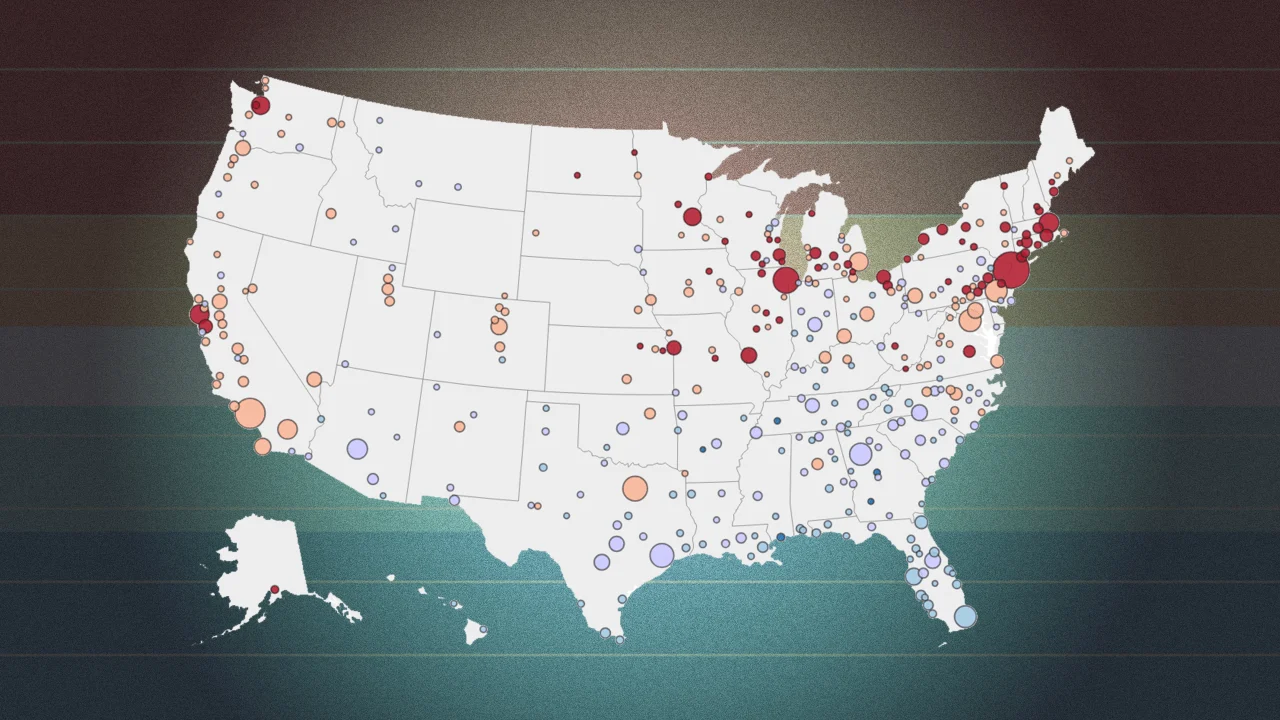If You Have an Asus Router, You Need to Check If It's Been Hacked
Thousands of Asus' routers are now compromised.

Asus' routers and popular and well-reviewed. As such, there's a good chance you have one of its devices powering your home wifi. If you do, you should probably check on it, since thousands of Asus' routers are now compromised.
What happened?
Cybersecurity company GreyNoise published a blog post about this router attack on Wednesday. GreyNoise says attackers used brute-force login attempts (running millions of login attempts until the right match is found) and authentication bypasses (forcing your way in around traditional authentication protocols) to break into these routers. Notably, hackers used authentication bypass techniques that aren't assigned CVEs (common vulnerabilities and exposures). CVEs are labels used to track publicly disclosed security vulnerabilities, which means the security vulnerabilities were either unknown or known only to a limited circle.
Once in, hackers exploited the Asus router's CVE-2023-39780 vulnerability to run whatever commands they wanted. Hackers enabled SSH (secure shell) access through Asus' settings, which let them connect to and control the devices. They then stored the configuration—or backdoor—in NVRAM, rather than the disk of the router. The hackers did not leave malware behind, and even disabled logging, which makes their attacks difficult to detect.
It's not clear who is behind these attacks, but GreyNoise did say the following: "The tactics used in this campaign—stealthy initial access, use of built-in system features for persistence, and careful avoidance of detection—are consistent with those seen in advanced, long-term operations, including activity associated with advanced persistent threat (APT) actors and operational relay box (ORB) networks. While GreyNoise has made no attribution, the level of tradecraft suggests a well-resourced and highly capable adversary."
How did GreyNoise find out?
Sift, GreyNoise’s AI technology, first detected an issue on March 17, noticing unusual traffic. GreyNoise uses fully emulated Asus profiles running factory firmware to test for issues like these, which let researchers observe the attackers' full behavior, reproduce the attack, and discover how the backdoor was installed. Researchers at the company received Sift’s report the following day, and began researching, coordinating with “government and industry partners.”
GreyNoise reported that, as of May 27, nearly 9,000 routers were confirmed compromised. The company is pulling that data from Censys, which keeps tabs on internet-facing devices throughout the world. To make matters worse, the affected devices only continue to increase: As of this piece, there were 9,022 impacted routers listed on Censys' site.
Luckily, GreyNoise reports that Asus patched the security vulnerability in a recent firmware update. However, if the router was compromised before the patch was installed, the backdoor hackers put into the router will not be removed. Even if this is the case, you can take action to protect your router.
If you have an Asus router, do this
First, confirm your router is actually made by Asus. If it is, log in to your router via your internet browser. Logging into your router varies by device, but according to Asus, you can head to www.asusrouter.com, or enter your router's IP address into your address bar, then log in with your Asus router username and password. Asus says if this is the first time you've logged into the router, you'll need to set up your account.
From here, identify the "Enable SSD" settings option. (You may find this under "Service" or "Administration," according to PCMag.) You'll know the router is compromised if you see that someone can log in via SSH over port 53828 with the following key: ssh-rsa AAAAB3NzaC1yc2EAAAABIwAAAQEAo41nBoVFfj4HlVMGV+YPsxMDrMlbdDZ (the rest of the key has been cut for length).
Now, disable the SSH entry and block these IP addresses:
101.99.91.151
101.99.94.173
79.141.163.179
111.90.146.237
From here, factory reset your router. Unfortunately, the patch alone won't be enough, since the attack survives any update. A total reset is the only way to be sure your router is protected.
However, if you see your router was not affected here, install the latest firmware update ASAP. Unaffected routers that install the latest patch will be protected from this type of attack going forward.


































































































































































